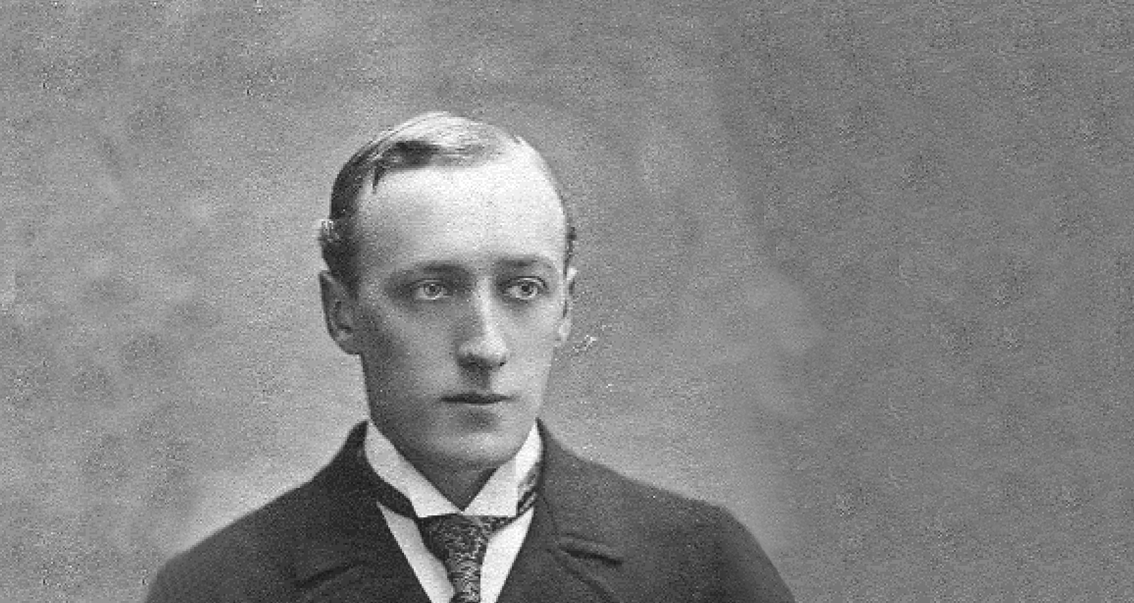Cecil Baring – Visionary and Entrepreneur
Insights into the man that bought Lambay Island. Courtesy of the Barings Archive / London 2018.
Cecil Baring, a banker and director of the family firm of Baring Bros, London, and his American wife, Maude Lorillard, daughter of the New York tobacco tycoon Pierre Lorillard IV, bought Lambay, County Dublin, in April 1904.
The Barings, who married in 1902, had been in Munich – listening to Richard Wagner’s music dramas at the opera house – in November 1903 when they saw Lambay advertised for sale in a copy of The Field Magazine. Maude Baring was six months pregnant with their first child and stayed in Munich while her husband made immediately for the island, discovered its natural beauty and unspoiled ecology, and soon after started negotiations to buy the place.
At first, they lived simply on the island, making its late 15th-century castle warm, dry and habitable. But the following year, in the summer of 1905, they invited Edwin Lutyens to visit the island. And between 1908 and 1910 the island’s castle was restored, remodeled, and enlarged. Over the succeeding 24 years, the island’s buildings were further transformed and enlarged in an extended project that many scholars see as Lutyens’s masterpiece in romantic domestic architecture.
At Lambay, Cecil indulged his passions for good architecture (the Barings discovered Lutyens’s work through the pages of Country Life magazine), for zoology (experimenting with a varied menagerie that included rheas, chamois and moufflon), for the Classics (the island is populated with inscriptions in the Roman manner, memorializing people or events, the lettering designed by Max Gill), and for real tennis (a court was built on the island in 1921-22).
After Cecil Baring’s death in 1934, his friend Oliver St John Gogarty, a legendary wit, poet, and Senator of the Irish Free State, wrote of him:
“There were translunary things in this man which cannot be limited in short words. He has for a monument an island which is in parvo an Ireland. He has preserved and restored it and left it more lovely than he found it. And not every patriot can say as much”.

